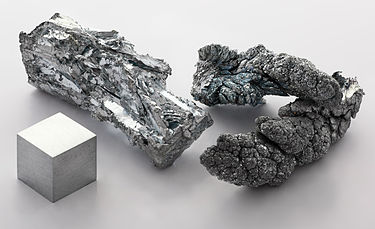While Zinc was unknown in Europe until the end of 16th century, India had been producing Zinc at a large scale since the 12thcentury onwards. The mines in Rajasthan have given an evidence of zinc production since 6th century BC. Zinc was distinctly recognized as a metal under the designation of “Yasada” or “Jasada” (Yashad) in the medical dictionary written in the year 1374.
 Alchemists burned Zinc in air to form Zinc Oxide, also called, “philosopher’s wool” or “white snow”. The Charaka Samhita, which was written between 300 and 500 AD, mentions a metal which, when oxidized, produces pushpanjan, which was thought to be Zinc Oxide. Zinc was distinctly recognized as a metal under the designation of Yasada or Jasada (Yashad) in the medical lexicon (Dictionary) which was written in the year 1374.
Alchemists burned Zinc in air to form Zinc Oxide, also called, “philosopher’s wool” or “white snow”. The Charaka Samhita, which was written between 300 and 500 AD, mentions a metal which, when oxidized, produces pushpanjan, which was thought to be Zinc Oxide. Zinc was distinctly recognized as a metal under the designation of Yasada or Jasada (Yashad) in the medical lexicon (Dictionary) which was written in the year 1374.
Smelting and extraction of impure zinc by reducing calamine with wool and other organic substances was accomplished in the 13th century in India.
The Chinese did not learn of the technique until the 17th century.
The Zawar mines of Rajasthan (District Udaipur) are one of the oldest evidence of Zinc mines that date back to the 9th century. These mines have been active since the Mauryan period. While Zinc was unknown in Europe until the end of 16th century, it was being produced at a large scale in India since 12th century. The smelting of metallic zinc appears to have begun around the 12th century in India.
Hindustan Zinc is India’s only and world’s leading Zinc-Lead-Silver Producer..

Article by- Pavan Kaushik, Head – Corporate Communication, Hindustan Zinc


